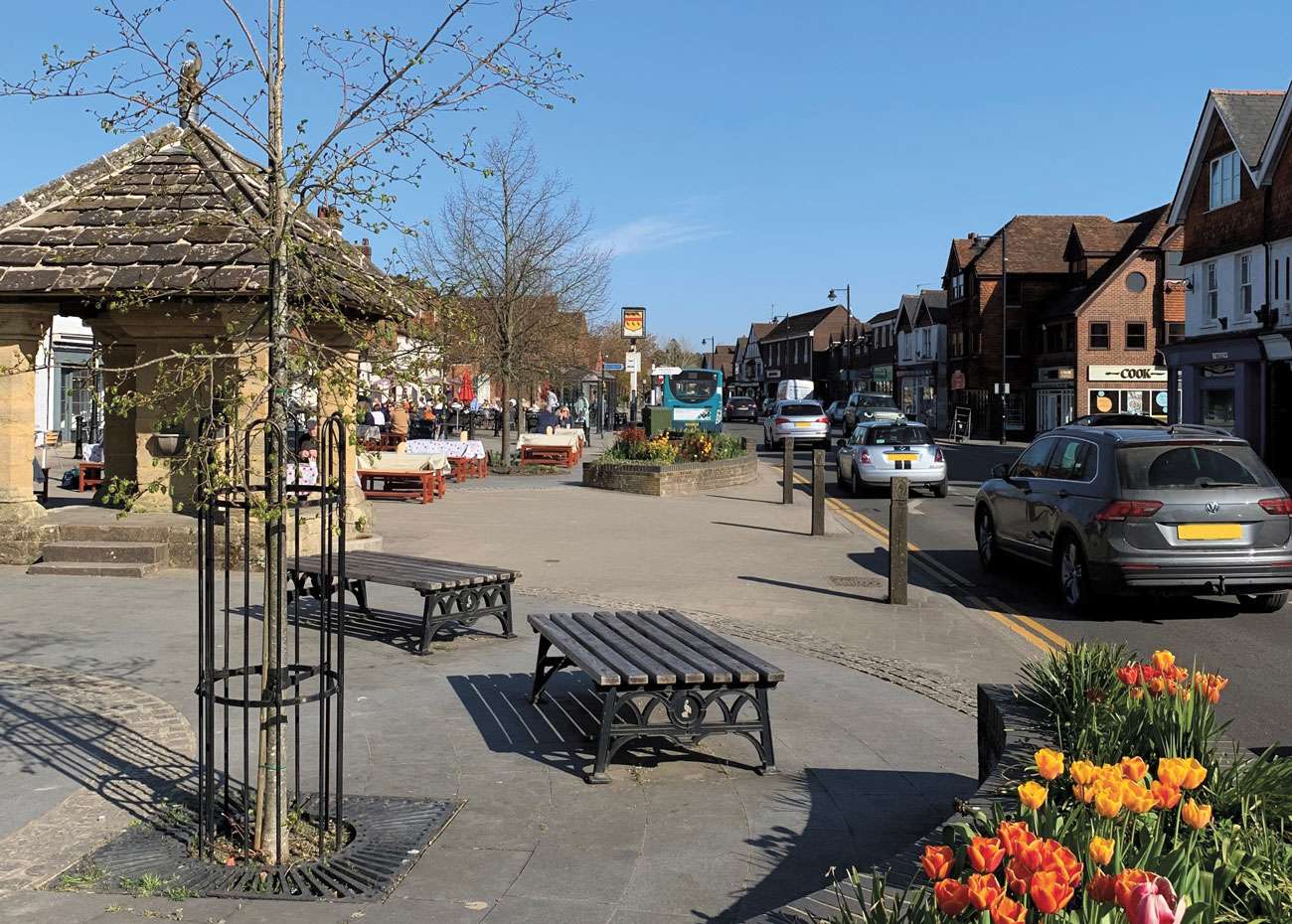
February is often thought as the month of love,
culminating on the 14th with the advent of Valentine’s Day. The day is celebrated every year as an opportunity to demonstrate our love for our partner, over and above all else, but of course there are many other kinds of love that we experience in our lives.
In the English language, we only have one word for love, and we use it on or with almost anything, just like we add salt or sugar! Not only do we say ‘I love my husband’, and ‘I love my children’, but we also ‘love’ a nice bowl of chips or a cup of tea. What a difference between the two expressions of the word!
How, therefore, should we let the word ‘love’ shape our lives, our work, our friendships, and indeed our children’s lives, if we don’t under- stand how to use that word, or where it came from?
One thing is certain, that we know when love is around us, and how it affects us. A child feels the warmth of a mother’s love and embrace from the moment they come into the world. This bond is truly unique to mother and child alike, and lasts a lifetime. In quite a different way, we can recognise the feeling of falling in love with a potential partner.
Considering the many meanings of the word love, (brotherly love, adoring love, erotic love) and the myriad of ways it can enrich and affect our lives, in this issue we seek to explore
love in all is forms. Of course, love is not just for the month of February, but it’s a good op- portunity to remind ourselves of the power love holds over humankind. Let’s take some time
to think about expressing love in meaningful, lasting ways: in our friendships, relationships, and community, with the truest and purest expression of love, that which expects nothing in return.
(picture used is of Pont de l’Archeveche bridge in Paris, upon which couples write their names on a padlock, attach it to the bridge, and throw the key in the river. The idea being, that doing this eternalises their love.)











